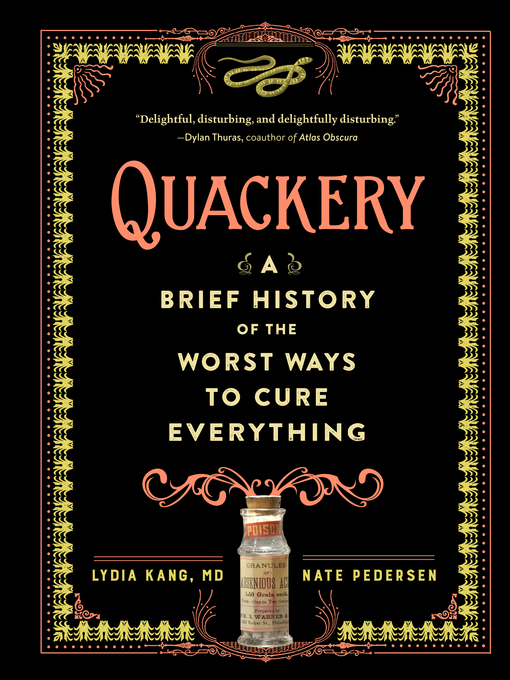
Quackery
A Brief History of the Worst Ways to Cure Everything
تاریخچه مختصری از بدترین راهها برای درمان همه چیز
کتاب های مرتبط
- اطلاعات
- نقد و بررسی
- دیدگاه کاربران
نقد و بررسی

July 17, 2017
In this informally written but well-researched history, physician Kang and journalist Pedersen expose the strange, and to modern eyes ludicrous, ways in which humankind has tried to cure all manner of diseases and afflictions over the centuries. The cures detailed in the book, which span the earliest recorded history to the 19th century, were typically based on scant scientific knowledge and often involved “cleansing” the body, whether through bowel movements, vomiting, sweating, or salivating. Ingesting dissolved gold, it was thought, could give one immortality and cure alcoholism. Bloodletting was thought effective for various ailments already in ancient times, and was often accomplished using leeches. In describing these bizarre practices, Kang and Pedersen offer a constant stream of sarcastic commentary and wisecracks, which can become wearying. The authors temper their mockery of the past, however, with the observation that, as bad as some early medical treatments could be, they were the products of experimentation that often led to effective treatments. Substances such as radium, opium and its derivatives, and strychnine eventually yielded beneficial applications, though the original applications and dosages were often fatal or addictive. Despite the book’s overly flip tone, its distillation of the worst cures of all time is entertaining and informative.

























دیدگاه کاربران